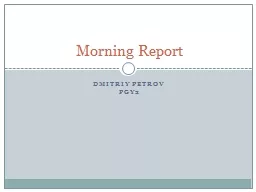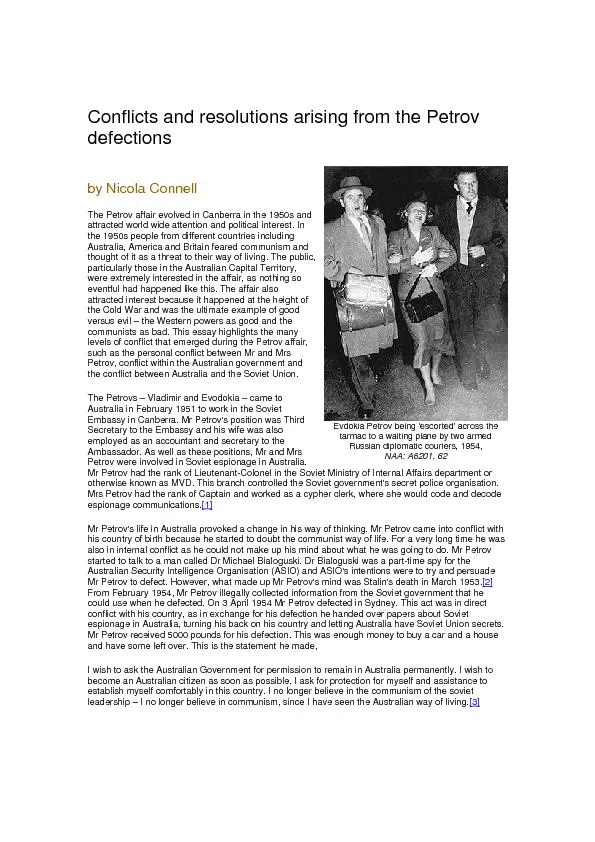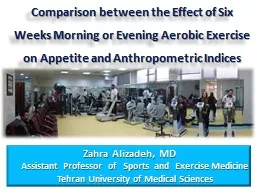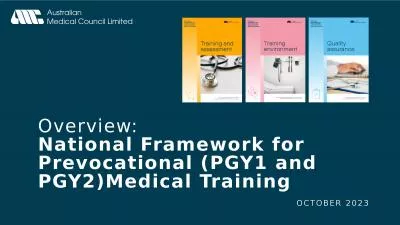PPT-Dmitriy Petrov PGY2 Morning Report
Author : myesha-ticknor | Published Date : 2020-04-04
Case Presentation 68 yo male with HTN IDDM2 CAD sp CABG CKD stage III 50 pack year smoking history and AAA who presented to ED with 1 hour history of sudden onset
Presentation Embed Code
Download Presentation
Download Presentation The PPT/PDF document " Dmitriy Petrov PGY2 Morning Report" is the property of its rightful owner. Permission is granted to download and print the materials on this website for personal, non-commercial use only, and to display it on your personal computer provided you do not modify the materials and that you retain all copyright notices contained in the materials. By downloading content from our website, you accept the terms of this agreement.
Dmitriy Petrov PGY2 Morning Report: Transcript
Download Rules Of Document
" Dmitriy Petrov PGY2 Morning Report"The content belongs to its owner. You may download and print it for personal use, without modification, and keep all copyright notices. By downloading, you agree to these terms.
Related Documents














